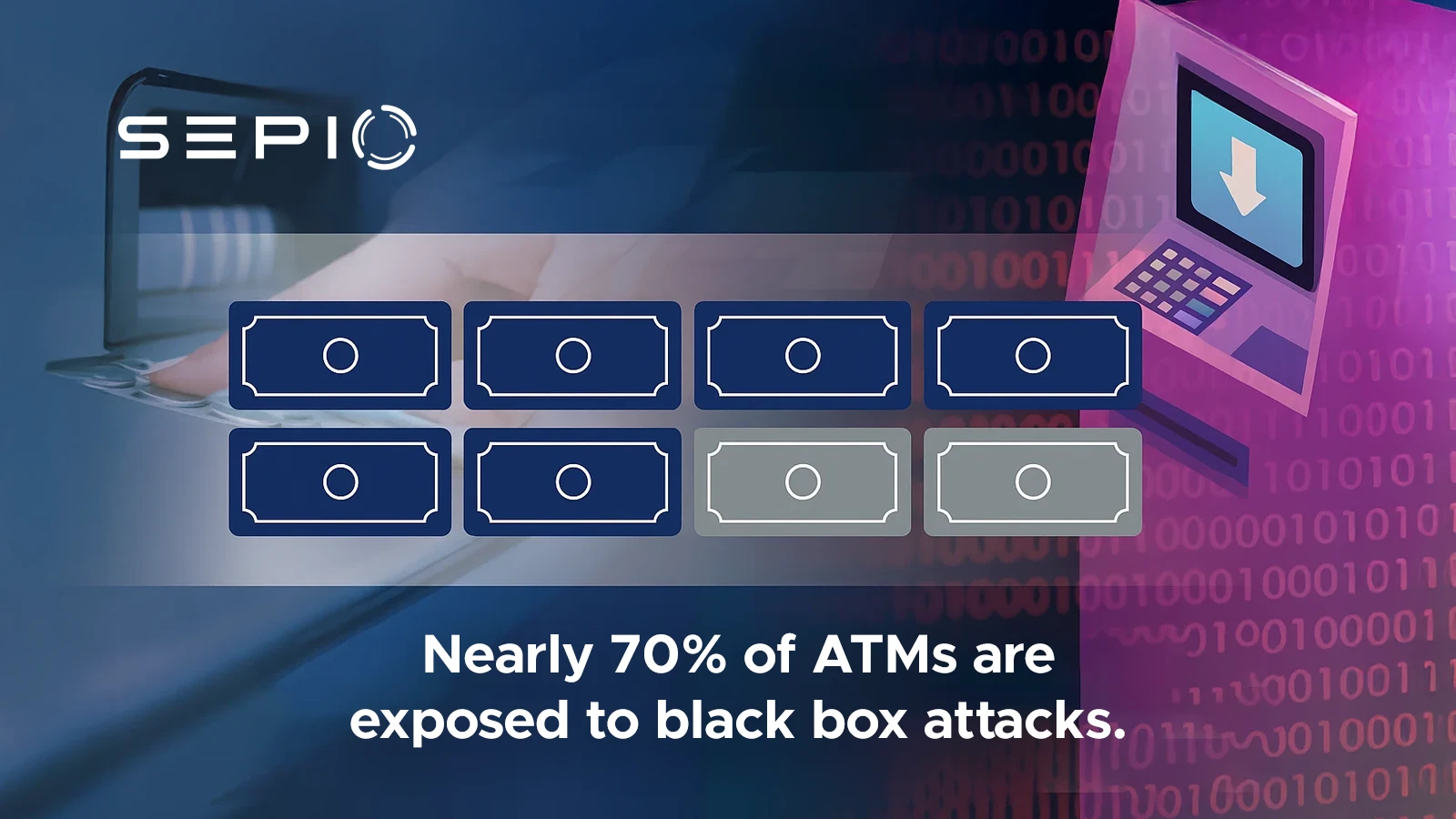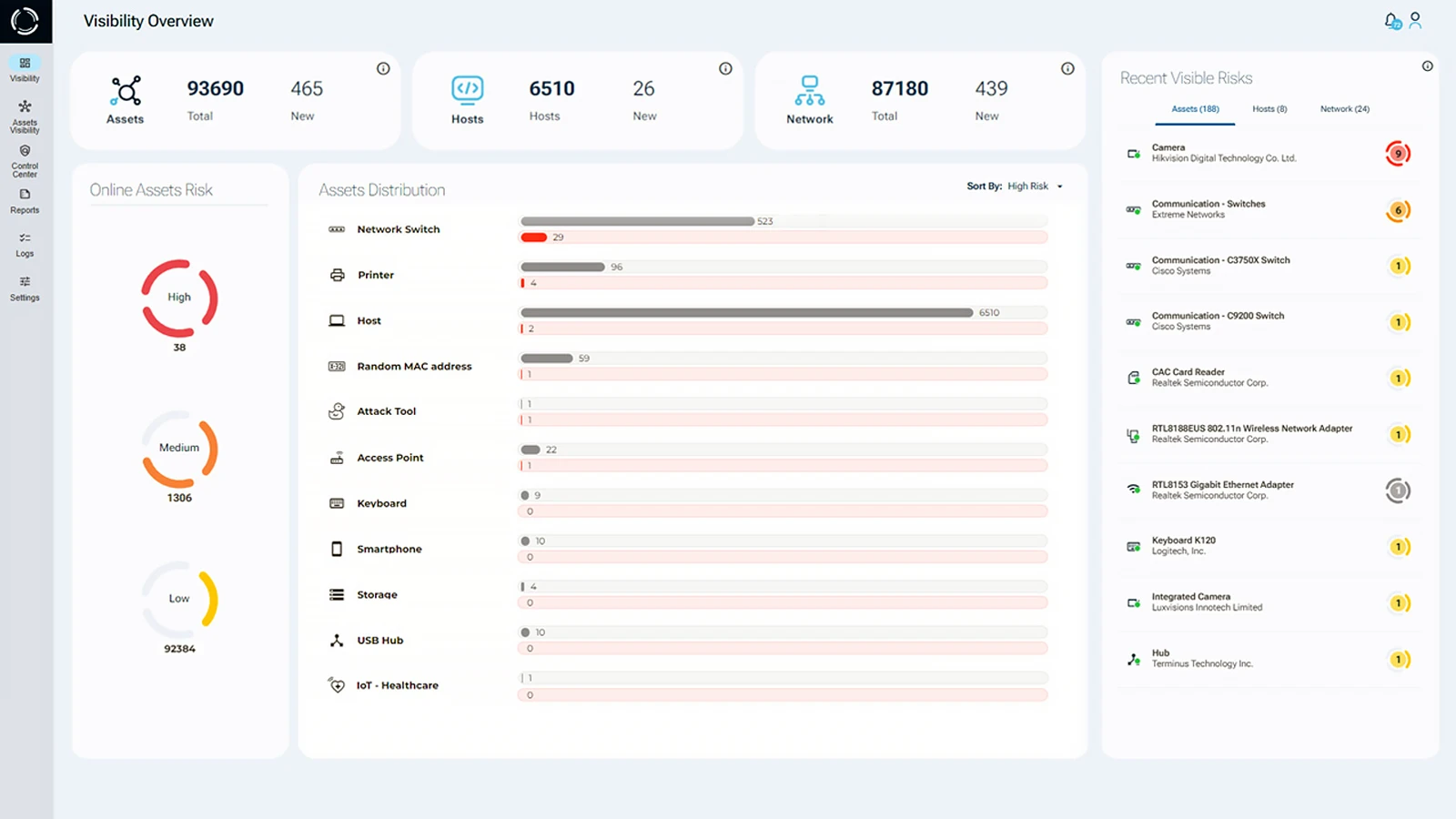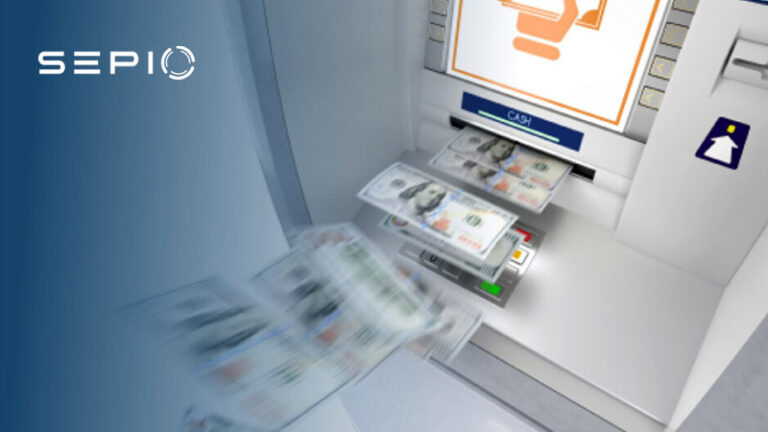What is an ATM Black Box Attack?
An ATM black box attack involves physically connecting unauthorized hardware to an ATM to bypass its built-in security measures. Attackers treat the ATM as a “black box,” meaning they don’t need to know its internal design or software. Instead, they observe how it responds to certain inputs and outputs, allowing them to manipulate the machine and exploit vulnerabilities that enable unauthorized cash withdrawals.
How do ATM Black Box Attacks Work?
Hackers use external devices, often small, portable, and easy to conceal, that interface directly with the ATM’s hardware or communication ports. These devices send commands to the ATM, instructing it to dispense cash without proper authorization. Because hackers do not rely on software exploits alone, these attacks can bypass many traditional cybersecurity defenses.
A ATM jackpotting attack is a form of black box attack where criminals forcibly command the ATM to empty its cash reserves quickly. Originating in Europe but now seen worldwide, jackpotting uses simple hardware attack tools and malicious code to trick the ATM into “spitting out” large amounts of money in seconds. You’ll soon uncover the details of how hackers “hit the jackpot” without stepping foot in Las Vegas.
Money flies out of the machine, and the winners smile. However, before you jump up from your seat to cash in on the thousands of dollars pouring out, remember that this situation results from an ATM black box attack.
In this article, discover the intricacies of how hackers execute ATM black box attacks. Learn how Sepio Asset Risk Management’s commercial platform safeguards your hardware devices through unparalleled physical layer visibility, ensuring effective black box risk protection.
Black Box Attack: Bypassing Security to Access Cash Dispensers
An ATM consists of two main parts: the cabinet and the safe. The cabinet serves as the main body and houses the ATM computer, which connects to all the other devices. Fortunately, the cabinet remains largely unprotected, allowing easy access. The latter is more secure and contains only the cash dispenser and cash acceptance module. Yes, the cash dispenser is the most important part in this whole operation. Thankfully you will only need access to the cash dispenser cable, which is located outside the safe, to successfully execute this attack.
Gaining access to the ATM’s top box allows attackers to bypass mainboard communications and take control of the cash dispenser. Additionally, disconnect the physical dispenser from the ATM PC core. At this point, hackers connect a peripheral device (the black box) directly to the dispenser, enabling them to issue unauthorized cash dispensing commands.
This approach is common is cybersecurity, especially in scenarios where hackers do not have access to the internal system’s structure. Black box attacks often involve techniques like fuzzing or reverse engineering. The hackers analyzes the system’s behavior to deduce its internal workings.
Robust computer-security measures like real-time intrusion detection and continuous monitoring are essential to defend ATM systems against black box attacks and other cyber threats.

The Silent and Lucrative ATM Black Box Attacks
The most dangerous aspect of ATM black box attacks is that they leave no trace on the payment terminal itself. Hackers exploit only the ATM’s outputs based on their inputs, avoiding direct interference with software or logs to stay undetected. Additionally, hackers can disable security checks and other cybersecurity mechanisms, allowing them to operate undetected and bypass traditional defenses.
The perfect time to pull off this attack? During your lunch break, it only takes about 10 minutes. That leaves plenty of time to enjoy a nice meal at Nobu, especially with all that extra cash burning a hole in your pocket.
The icing on the cake? Nearly 70% of ATMs are vulnerable to black box attacks. That means the very ATM you pass by every day is likely an easy target for jackpotting.
If the Kardashians can make money just by being famous, then why not make money in your own unconventional way? After all, who’s got time for a 9-to-5 grind these days?
Black Box Risk Protection
Black box attacks exploit hidden hardware vulnerabilities that traditional cybersecurity solutions miss. Sepio’s advanced physical-layer technology dives deeper by monitoring and managing hardware assets directly at the physical connection point. This approach delivers unmatched protection against unauthorized devices, ensuring your network’s integrity from the ground up.
Sepio’s patented technology offers a holistic approach to managing hardware assets at the physical layer. It focuses on identifying and mitigating hardware-level risks, with an emphasis on black box risk protection and endpoint security.
Traditional cyber security solutions lack this critical physical layer visibility, neglecting hardware security. This results in a network vulnerable to hardware-based attacks operating within the physical layer. Furthermore, Sepio adeptly identifies counterfeit peripherals masquerading as legitimate Human Interface Devices (HIDs).

Defend Against Black Box Threats with Sepio
Sepio ensures resilient protection for IT, OT, IoT, and peripheral infrastructures against hardware-based threats, including black box attacks. This comprehensive approach is essential for defending against advanced cyber threats like data breaches and malware.
See every known and shadow asset. Prioritize and mitigate risks with confidence. As technology evolves, so do cloud and hardware-based threats, demanding constant vigilance from security teams.
Schedule a demo. It will help you understand how to use Sepio’s patented technology to gain control of your asset risks. Visit our Youtube channel, and Captain Rogue Device Mitigation – Episode #1 – You’re Fired.






